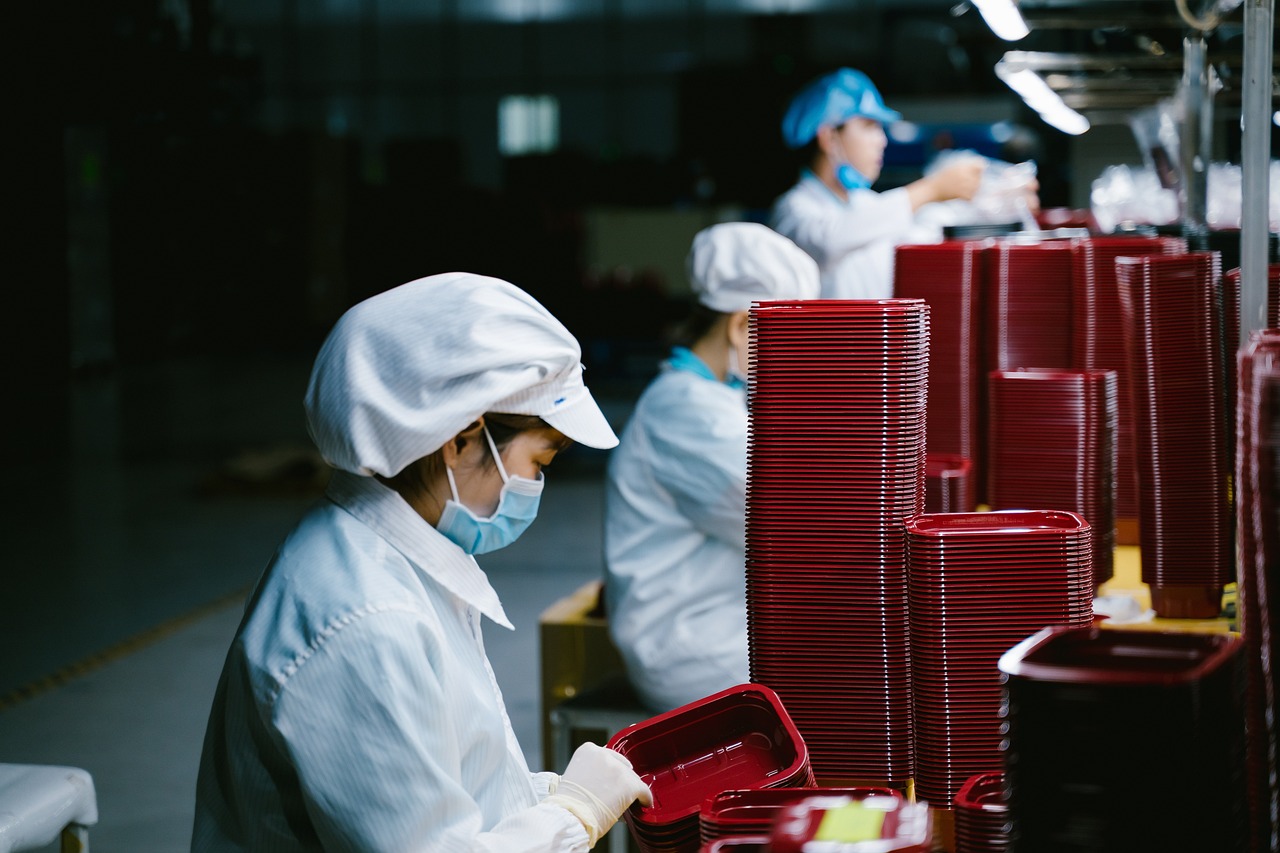Vocational Education Centers in South Korea
 In South Korea, three types of vocational education training centers correspond to three life course stages. First, in the youth stage, it’s a vocational high school. Second, during the adult years, one can enroll in a public or private vocational training center. Lastly, in the later years of life, there are lifelong education centers. Started through a top-down government-led policy, vocational education training centers in South Korea are structurally well organized. However, social stigma toward those who choose the vocational path over higher education prevails. This continues in the job field, with significant wage differences and inequalities between white-collar and blue-collar jobs. Severe industrial incidences of apprentices have also risen as a social issue to be solved.
In South Korea, three types of vocational education training centers correspond to three life course stages. First, in the youth stage, it’s a vocational high school. Second, during the adult years, one can enroll in a public or private vocational training center. Lastly, in the later years of life, there are lifelong education centers. Started through a top-down government-led policy, vocational education training centers in South Korea are structurally well organized. However, social stigma toward those who choose the vocational path over higher education prevails. This continues in the job field, with significant wage differences and inequalities between white-collar and blue-collar jobs. Severe industrial incidences of apprentices have also risen as a social issue to be solved.
Vocational High School
Vocational high schools provide specialized education specialized to youths, typically aged 15-18, following middle school general education. The making of vocational high schools was driven by the surging need for workers during South Korea’s industrialization period in the ’60s-’80s. To supply the labor force to industries, the government used a centralized national strategy, the “Five-Year Economic Development Plan,” to establish and support vocational high schools.
Nowadays, vocational high schools come in two forms: specialized high schools and Meister high schools. There are 464 specialized high schools which account for 80% of vocational education. The schools teach topics of agriculture, industry, information and business. Furthermore, 12% are general high schools that provide vocational education. Finally, 8% are Meister high schools driven to provide specific industrial needs by training technical experts in fields of AI and digital technology.
Colleges and Private Training Centers
For colleges, there is the Junior college under the Ministry of Education. Polytechnic college falls under the Ministry of Employment and Labor. While both provide vocational education, Junior colleges run on the basis of acquiring a certain number of credits to graduate with courses lasting 2-4 years. This is a form of higher education. On the other hand, the Polytechnic college education is between 6 months and 2 years, with less strict conditions to meet. It provides not only an opportunity to earn a bachelor’s degree in a certain industry but also prepares students to get the National Technical Qualification.
Their subject fields include machinery, design, architecture, electronic engineering, information and communication, media and biology. Private institutions and academies also provide a wide range of vocational education. Without the burden of following a set curriculum and acquiring credits, private institutes give a variety of options and freedom to match the student’s needs. While some courses can be covered through government subsidies, for some, it could be not very easy to afford private education.
Lifelong Education
Lifelong education came to being with the critique of traditional academic learning and the rise of topics of social change and life course theory. Korea acknowledged the importance of lifelong education in the ’70s and has included it in the constitution as a basic right for everyone to seek education at any stage of life. It has also been made the country’s duty to provide educational opportunities to the people. The government, therefore, established the National Institute For Lifelong Education (NILE). NILE offers programs such as adult literacy, online lifelong learning and an academic credit bank system, which lowers the barrier to acquiring a degree.
Stigma and Sacrifice
While South Korea managed to establish a strong social system of vocational education training centers for every stage of life through nation-led policymaking, problems prevail on a pragmatic level. These include labor exploitation, industrial incidents and more. Numerous tragic incidents happened to vocational high school students undergoing apprenticeships. In between being a student and an adult, these apprentices were thrown into labor without safeguards. Due to the high stigma and indifference toward vocational education and apprentice students, these problems only started to get acknowledged in 2016 after a tragic incident.
A 19-year-old apprentice was repairing safety screen doors at Guui subway station between the railway and the platform when the train came in and hit the young worker. The safety manual was set for two workers to be in teams to prevent safety hazards, but at that time, the 19-year-old was working alone. After this news was reported in the media, the topic of vocationally educated students and unsafe, exploitative labor of the apprenticeship gained attention from the public.
Conclusion
Vocational education challenges in South Korea are significant, rooted in social stigma and pressure on institutions to demonstrate their value. However, there is hope for change. As awareness of the importance of skilled trades and their vital role in the economy grows, attitudes are shifting. By fostering a greater appreciation for vocational education and the experienced workers it produces, South Korea could create a more inclusive society that values all forms of education and work. Embracing this change can lead to a brighter future for individuals and the economy.
– Minji L. Kim
Minji based in Seoul, South Korea and focuses on Politics for The Borgen Project.
Photo: Pixabay
